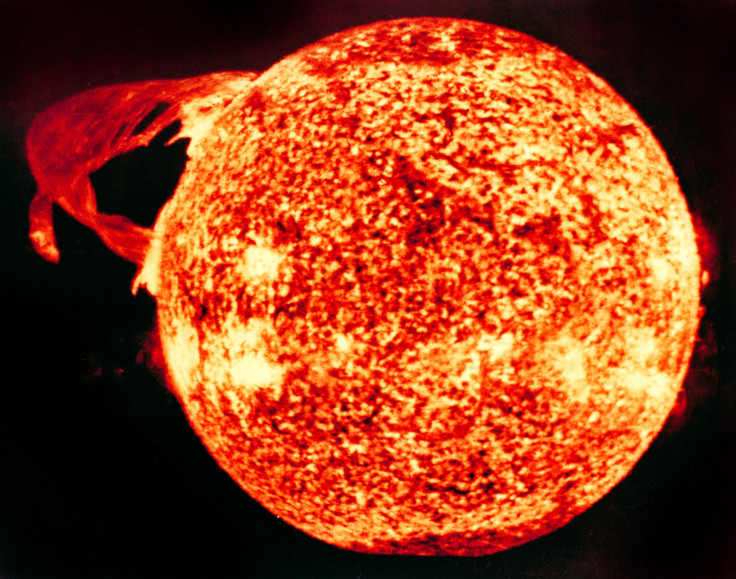NASA’s Parker Solar Probe Detects Subtle Outburst From The Sun

KEY POINTS
- NASA's robotic probe detected a subtle coronal mass ejections
- Solar emissions are usually violent and blatant
- Coronal mass ejections have negative effects on Earth
NASA’s robotic solar satellite was able to detect a stealthy coronal mass ejection from the Sun. The recent discovery is considered by scientists as something rare since solar emissions from the massive star are known to be violent events.
NASA officially launched the Parker Solar Probe in August 2018 with the main mission of observing the Sun. Ever since its launch, the spacecraft has already approached the Sun at close distances several times.
During the probe’s previous flyby in November 2018, the Sun appeared to be relatively calm. However, after looking back on the data collected by the spacecraft, scientists discovered that the Sun was actually very active during that time.
As explained by the scientists, the Sun was going through a “stealth” coronal mass ejection. Usually, this kind of event, which involves the emission of plasma and magnetic field from the Sun’s surface, is very violent and obvious. However, in the probe’s previous observation, the coronal mass ejection happened in a very calm manner.
“If you've ever seen a coronal mass ejection image, you normally see a lot of activity in these images,” solar physicist Kelly Korreck of the Smithsonian Astrophysical Observatory said via Space.com. “You would see a large blowout, you would probably see one of these exploding. But as you saw in this video, there wasn't much there.”
According to the scientists, detecting “stealth” coronal mass ejections highlights the capabilities of the Parker Solar Probe. Since it can approach the Sun at close distances, the probe can make observations that no other satellites can.
“They're something that we're not traditionally able to see in the ways that we've previously detected coronal mass ejections,” Korreck stated.
When it comes to coronal mass ejections, gaining more information about these solar emissions is very important since they are known to cause electrical disruptions on Earth as well as in space-based facilities.
In addition to electronic devices, astronauts currently in space are also in danger of being affected by coronal mass ejections due to the solar radiation they’re carrying. This is why being able to detect emissions, including the “stealthy” ones, is very important.
© Copyright IBTimes 2025. All rights reserved.





















